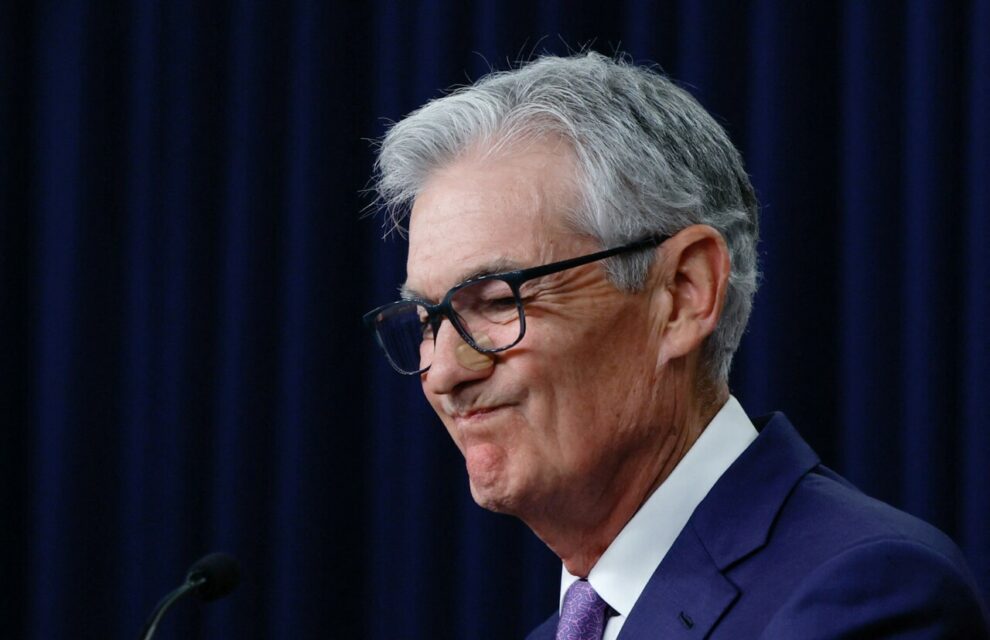At the end of its two-day meeting, the Monetary Policy Committee (FOMC) also revised upward its inflation forecast in the United States, both for 2024 and 2025, to 2.6% and 2.3% respectively, and reported “modest “further progress” toward its long-term 2% inflation target.
The members of the body voted unanimously to maintain reference interest rates at their highest levels in more than two decades.
FOMC officials expect a single interest rate cut, of just 0.25 percentage points, between now and the end of the year.
Before the meeting, traders were mostly pointing to two rate cuts in 2024, according to CME Group forecasts.
The central bank increased interest rates to combat inflation: by raising rates, credit becomes more expensive and that discourages consumption and investment, cools the economy, and limits pressures on prices.
Perspective
Fed Chairman Jerome Powell said the Fed is prepared to keep its interest rates elevated until inflation moderates for several months.
“If the economy remains strong and inflation persists, we are ready to maintain the current range for the” reference interest rates “as long as necessary,” Powell said at a press conference after the monetary policy meeting.
Likewise, “if the labor market weakens unexpectedly or if inflation falls more quickly than expected, we would be ready to react” and lower rates, he added.
The United States added 272,000 jobs last month, up from 165,000 in April, but the unemployment rate rose from 3.9% to 4.0%, according to the Labor Department.
Caution
The announcement suggests that monetary policymakers remain cautious about cutting too soon, despite consumer price index (CPI) data released earlier on Wednesday showing a moderation in price increases.
The 12-month inflation in the United States fell more than expected in May to 3.3% compared to 3.4% in April, a relief after the rebound at the beginning of the year, according to the CPI.
Data from the Department of Labor show that in the month-to-month comparison, in May prices remained stable in relation to April, compared to an advance of 0.3% registered in April over March.
The report is better than expected by analysts, who forecast 0.1% monthly inflation and 3.4% year-on-year price increases, according to the consensus gathered by Market Watch.
Energy prices fell, particularly gasoline. But housing and restaurant prices continued to rise.
Core inflation, which excludes the more volatile food and energy data, also performed better than expected, standing at 0.2% in the month-on-month measurement compared to 0.3% in April over March and, more importantly, at 3.4 12-month % in May versus 3.7% year-on-year in April.



![[Img #74675]](https://thelatestnews.world/wp-content/uploads/2024/12/They-discover-a-new-class-of-X-ray-sources-in-the-150x150.jpg)











Add Comment